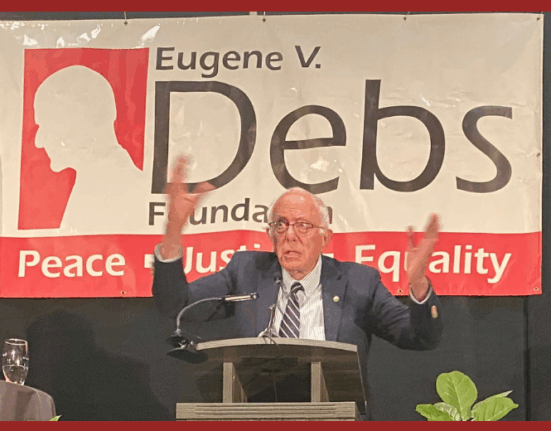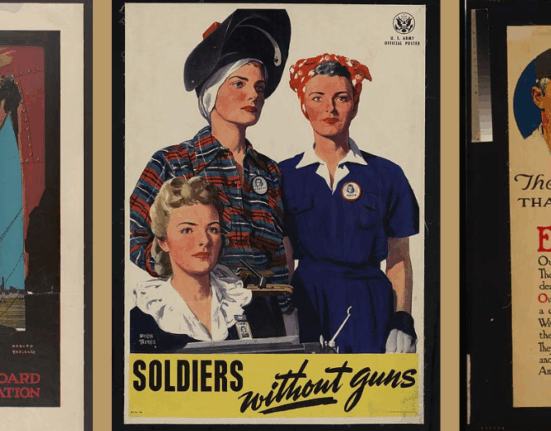What do labor history and movements for women’s rights have in common?
Check out the new additions to the Teaching Labor’s Story resource bank:
a 1910 article advocating women’s suffrage by Kate Debs (yes, that Debs)
Document Selection and Teaching Guide by Michelle Killion Morahn, Affiliated Faculty, Indiana State University
and the 1966 National Organization of Women’s Statement of Purpose
Document Selection and Teaching Guide by: Katherine Turk, University of North Carolina at Chapel Hill
Debs makes the case for women’s suffrage with a combination of natural rights and class interest arguments, draws support from the new science of sociology, and makes a not-very-subtle critique of patriarchy within the socialist movement itself. Debs connects suffrage with the coming of a “nobler life” for all.
As the largest feminist membership group of the “second wave” era, NOW attacked many of the gendered inequalities that continued to define American life a half century after Debs’ wrote —especially those related to work. Today, another half-century later, debates over the value and remuneration for paid and unpaid work, and the ways class complicates women’s relationships to one another are as relevant as they were when Debs advocated women’s suffrage and NOW demanded equality in all spheres of public and private life.
Teaching Labor’s Story entries include a primary source supported by a peer-reviewed teaching guides that provides context and connections to help instructors integrate ideas and experiences of work into their existing curriculum.
Do you have a favorite primary source that brings labor history and working class voices into the American story(ies)? Contact: LAWCHA’s Teaching Resources Committee @ lawcha.tls@gmail.com






